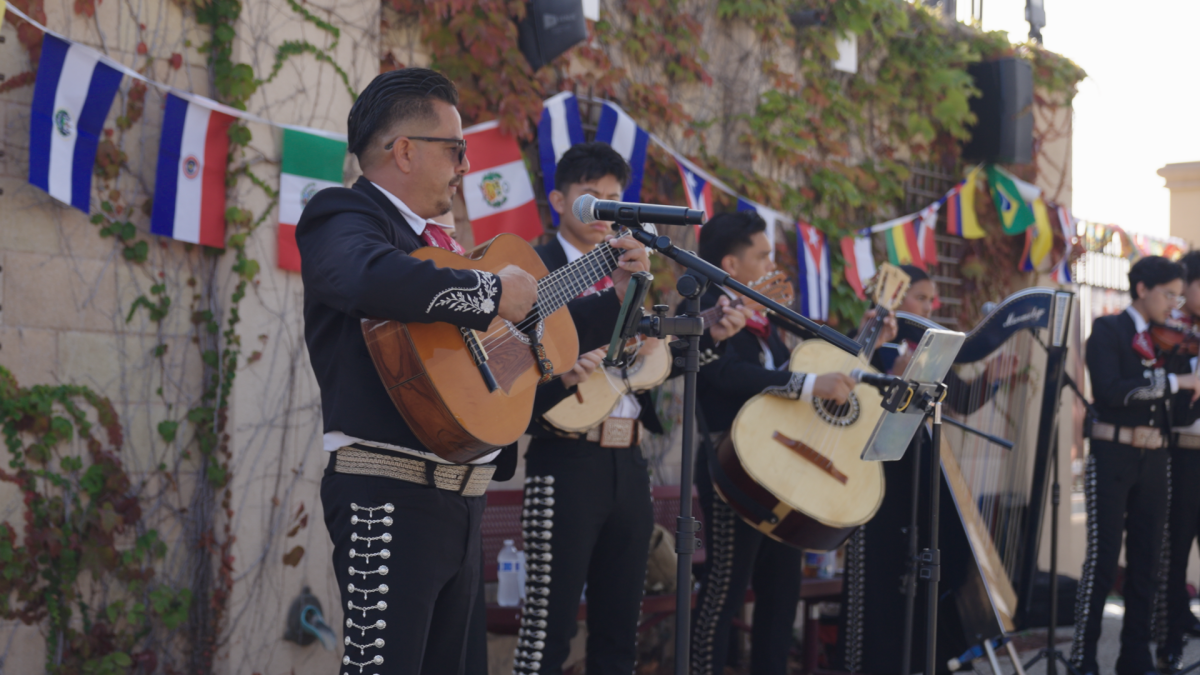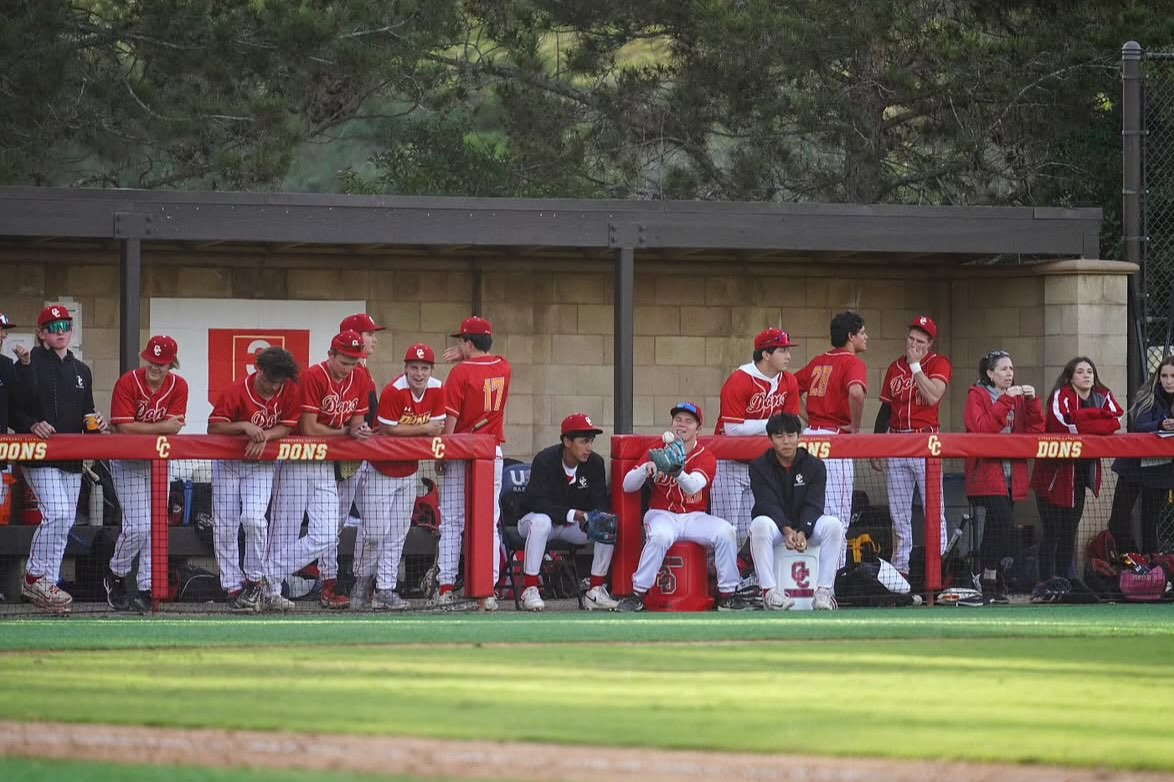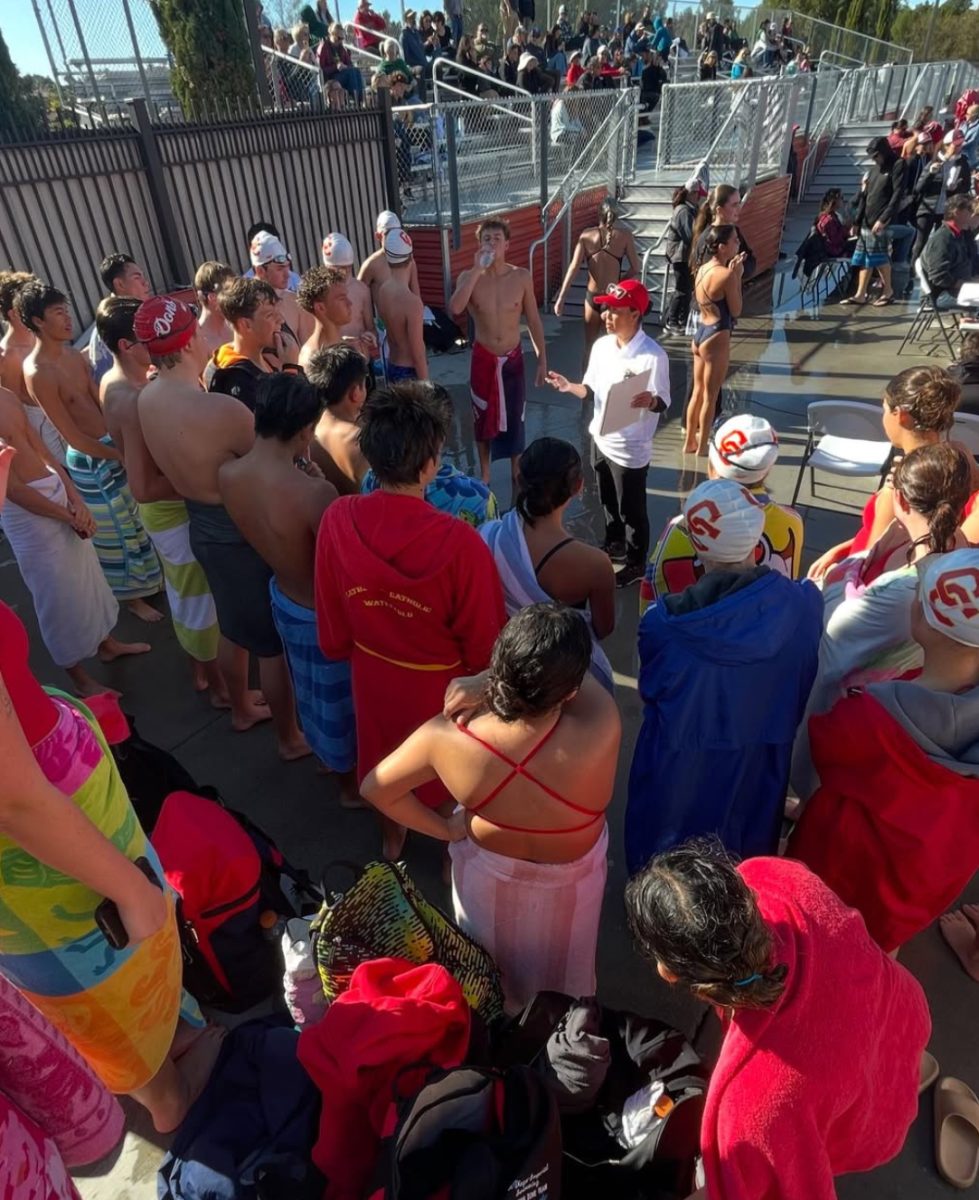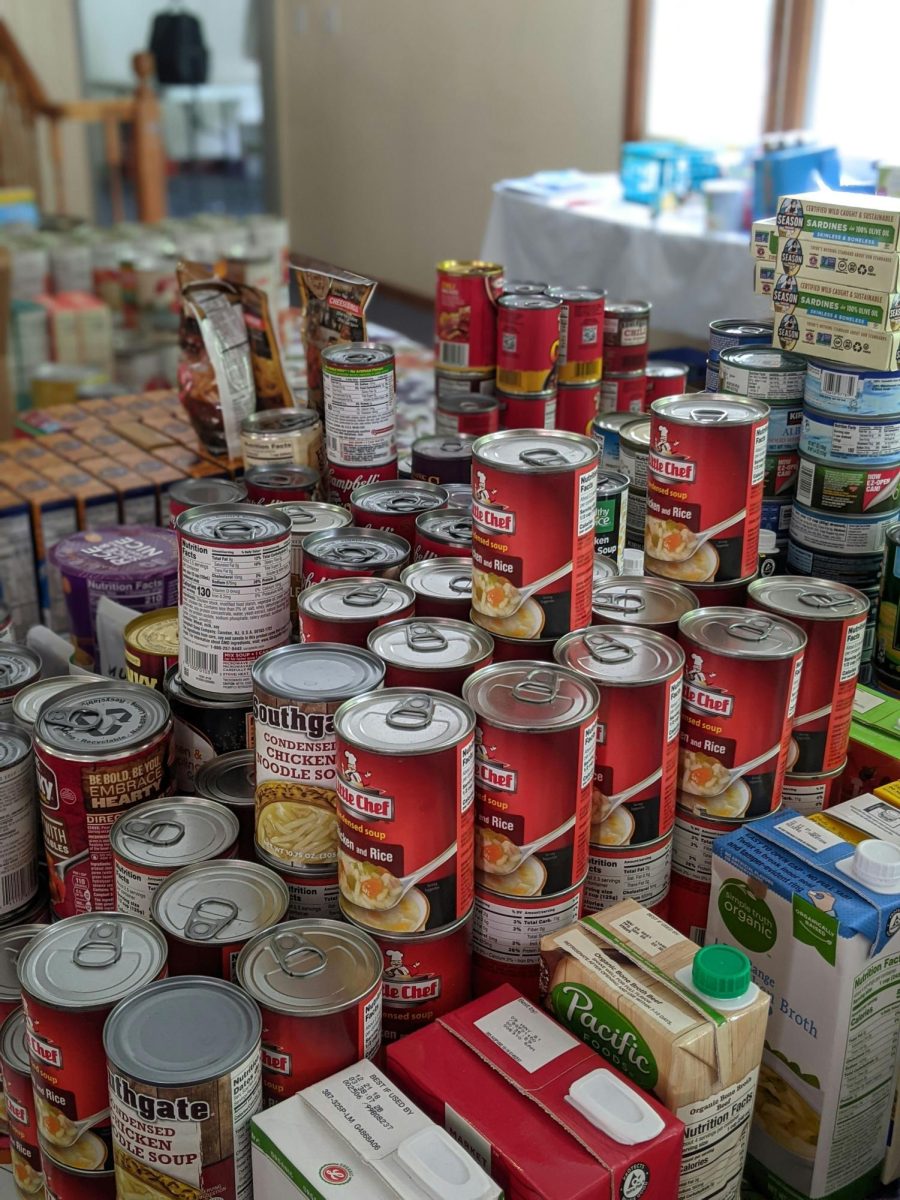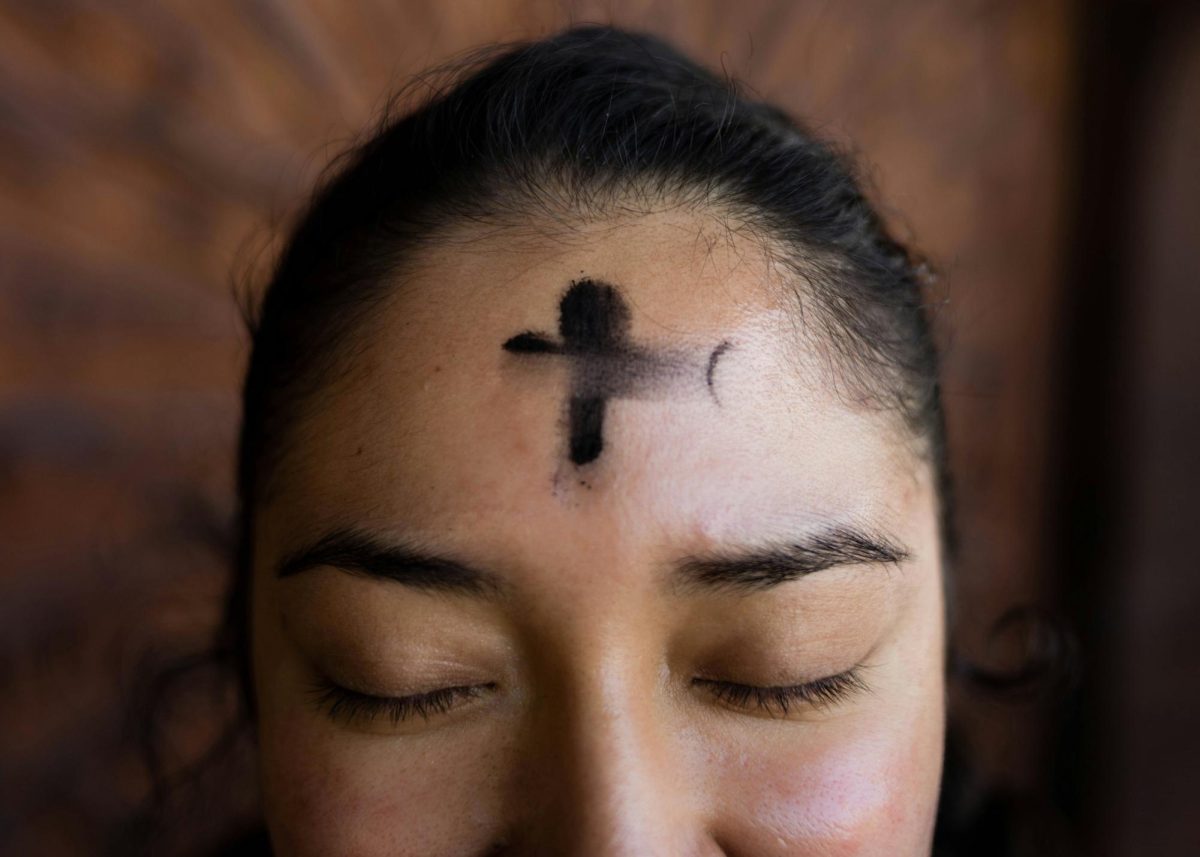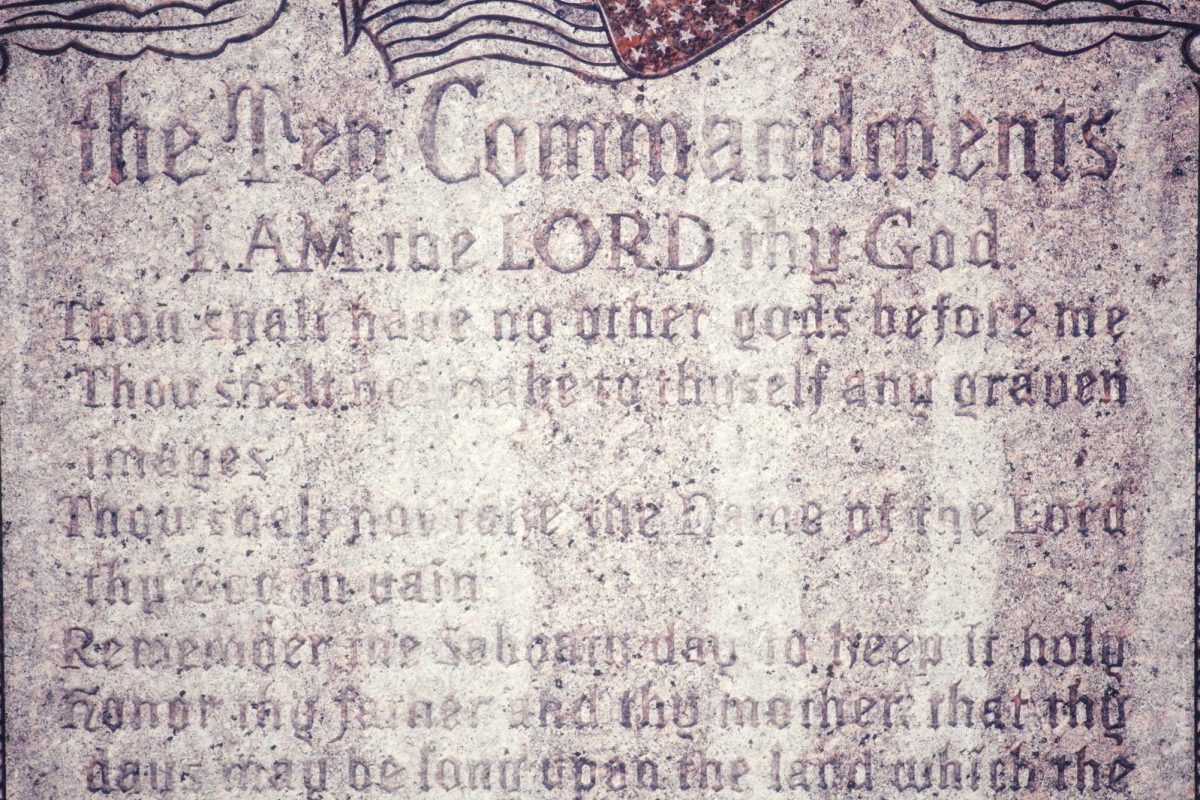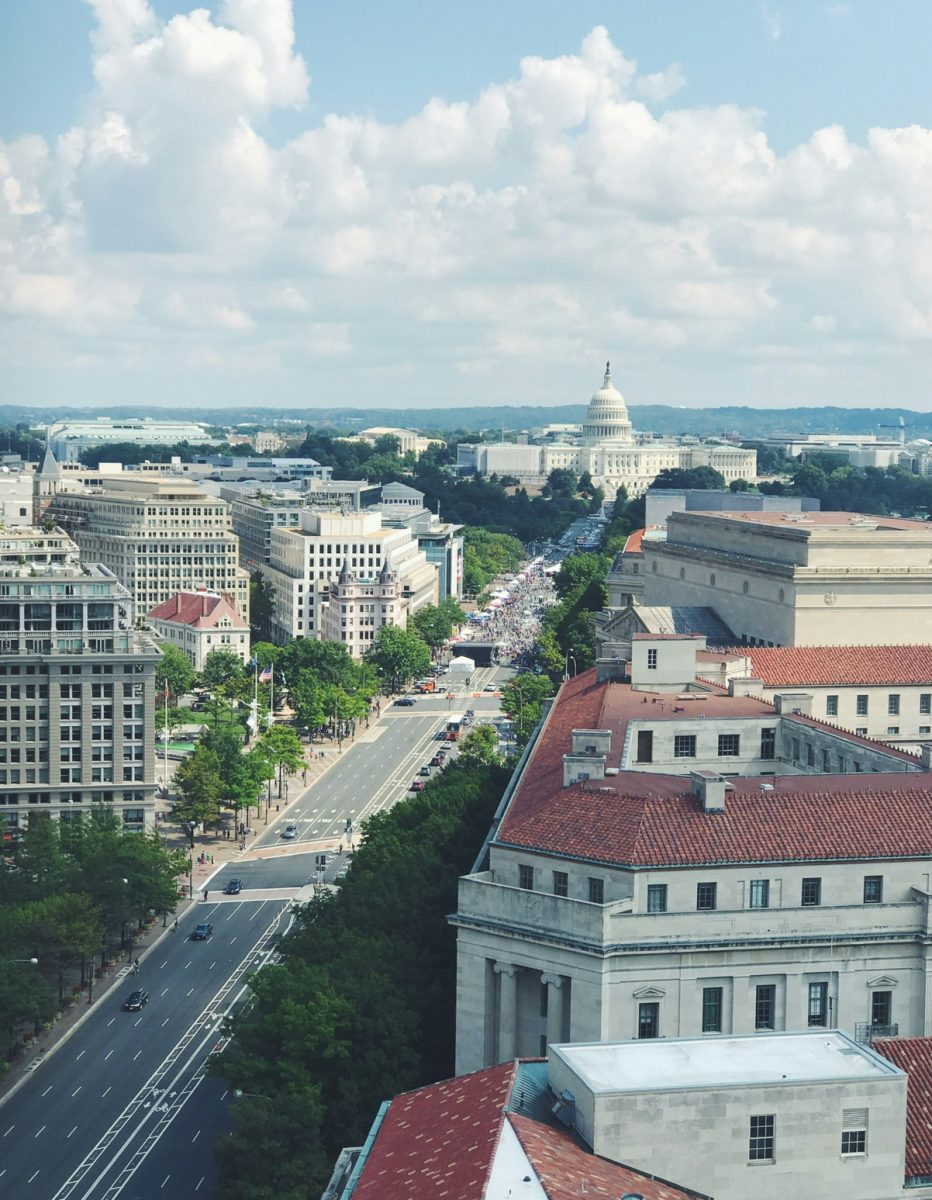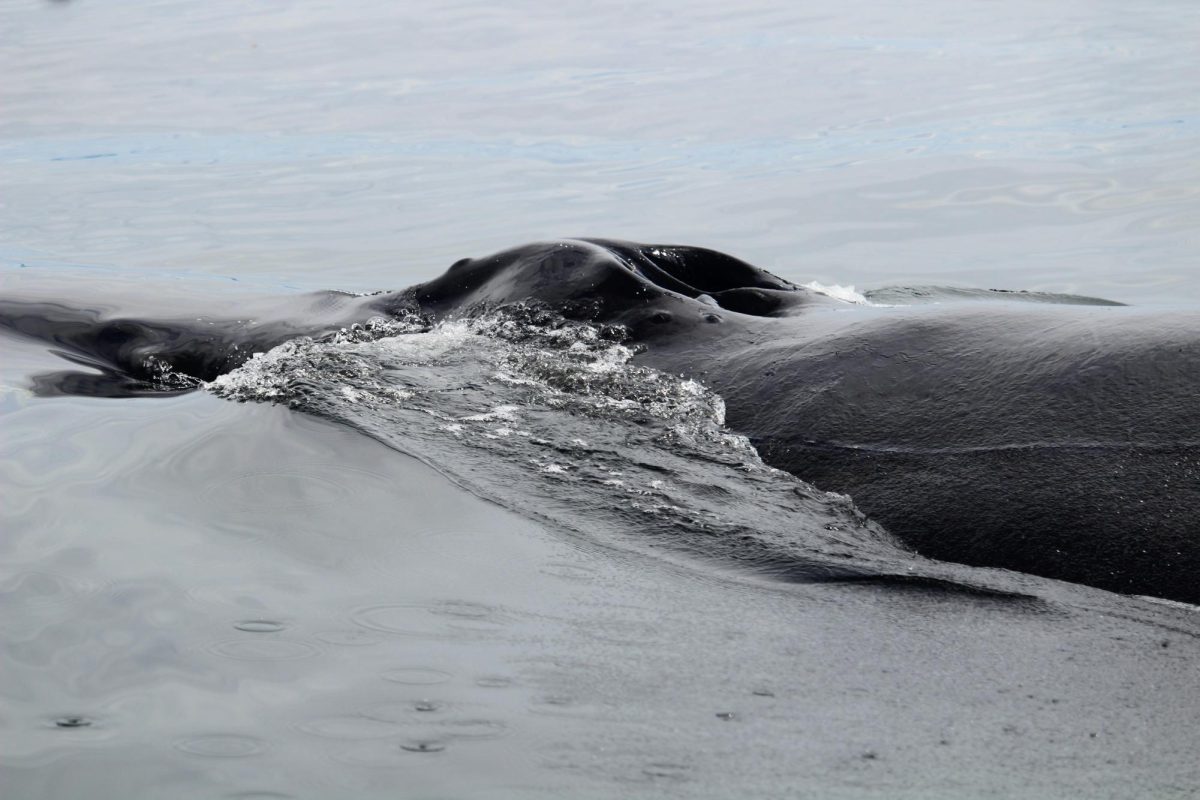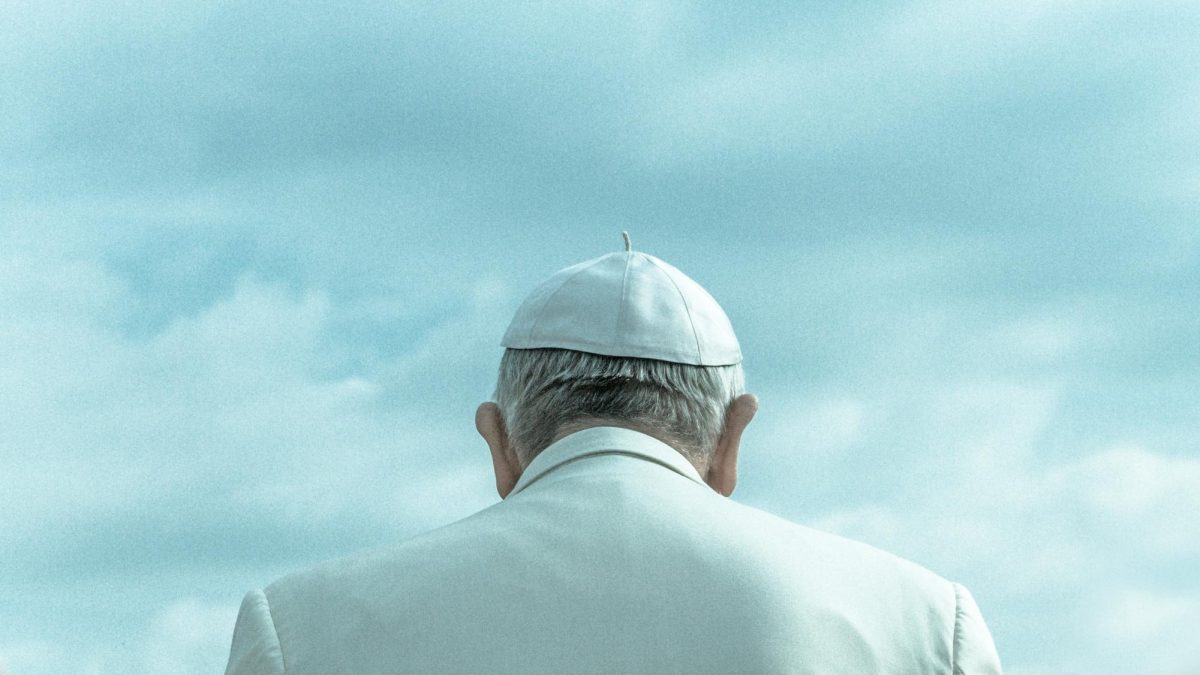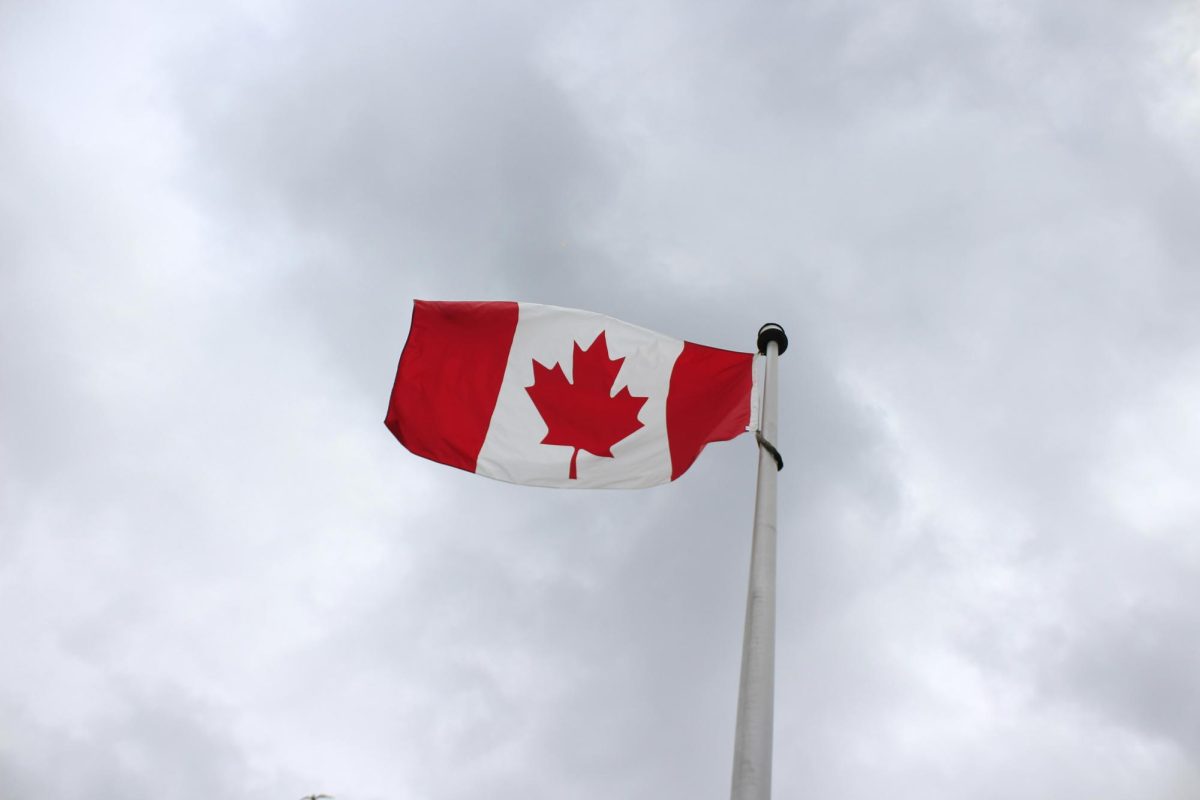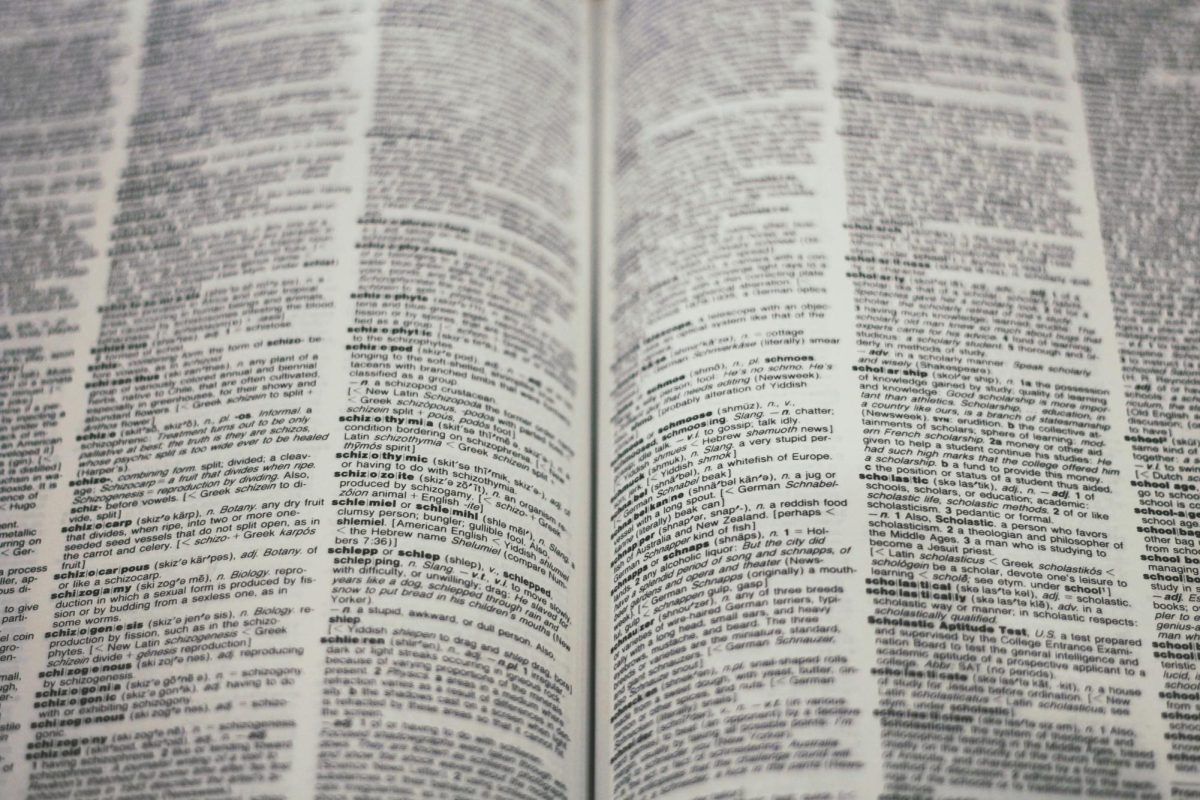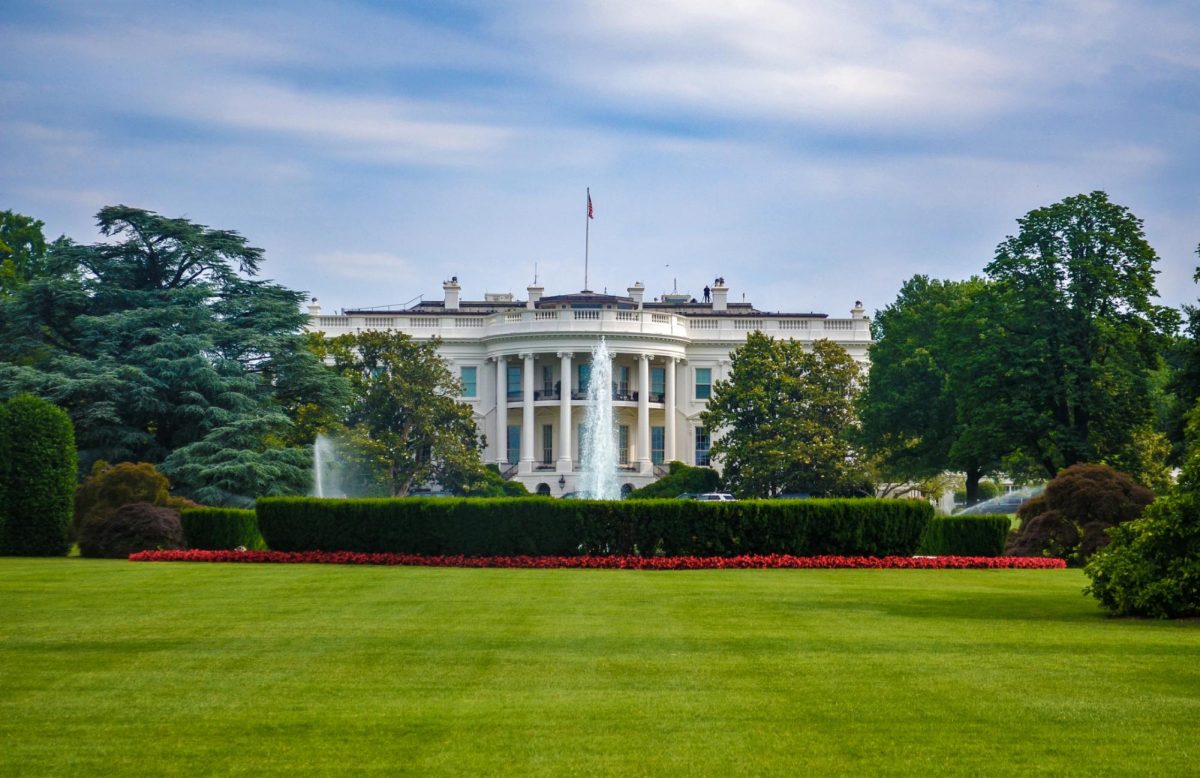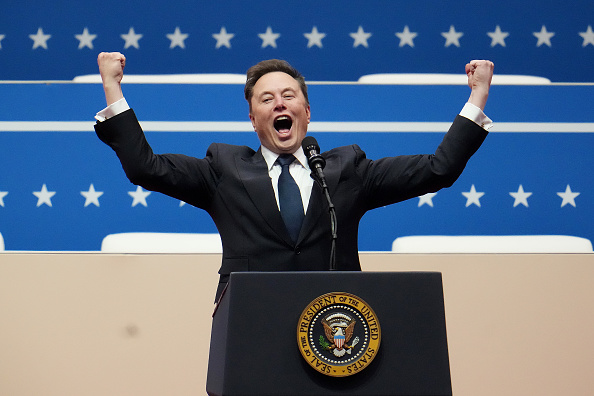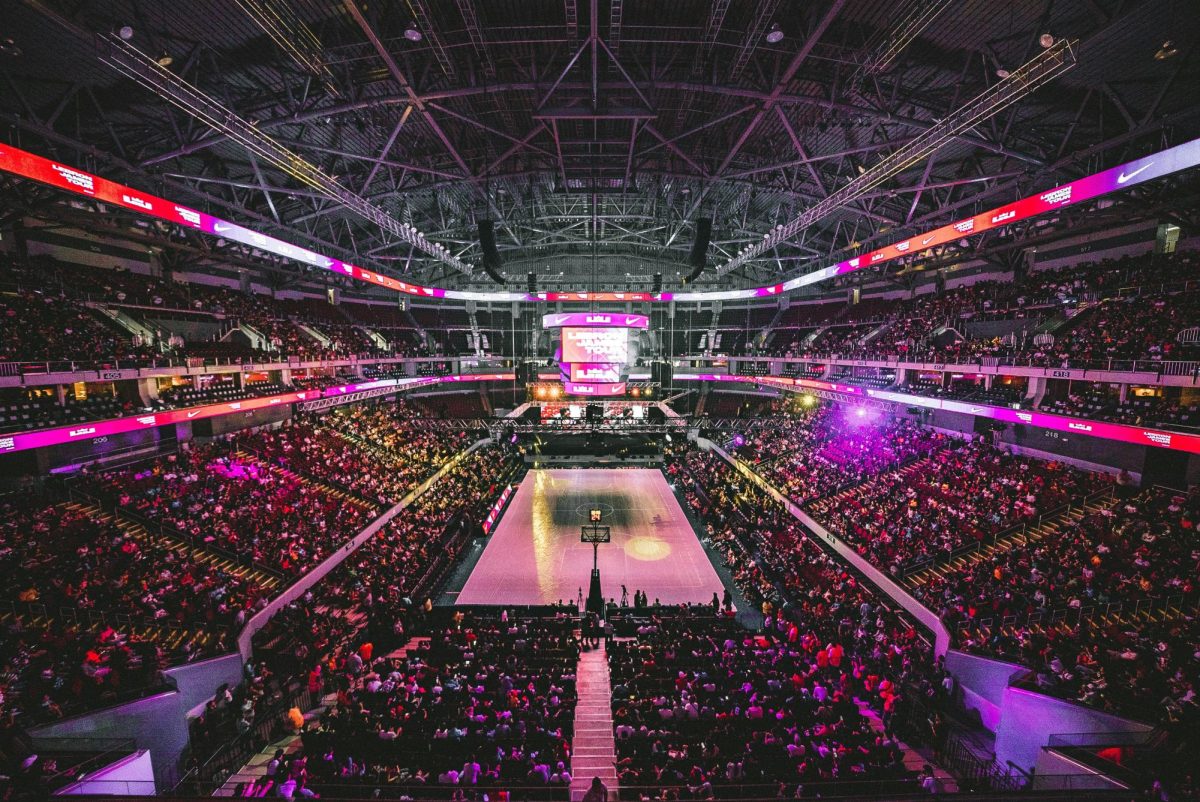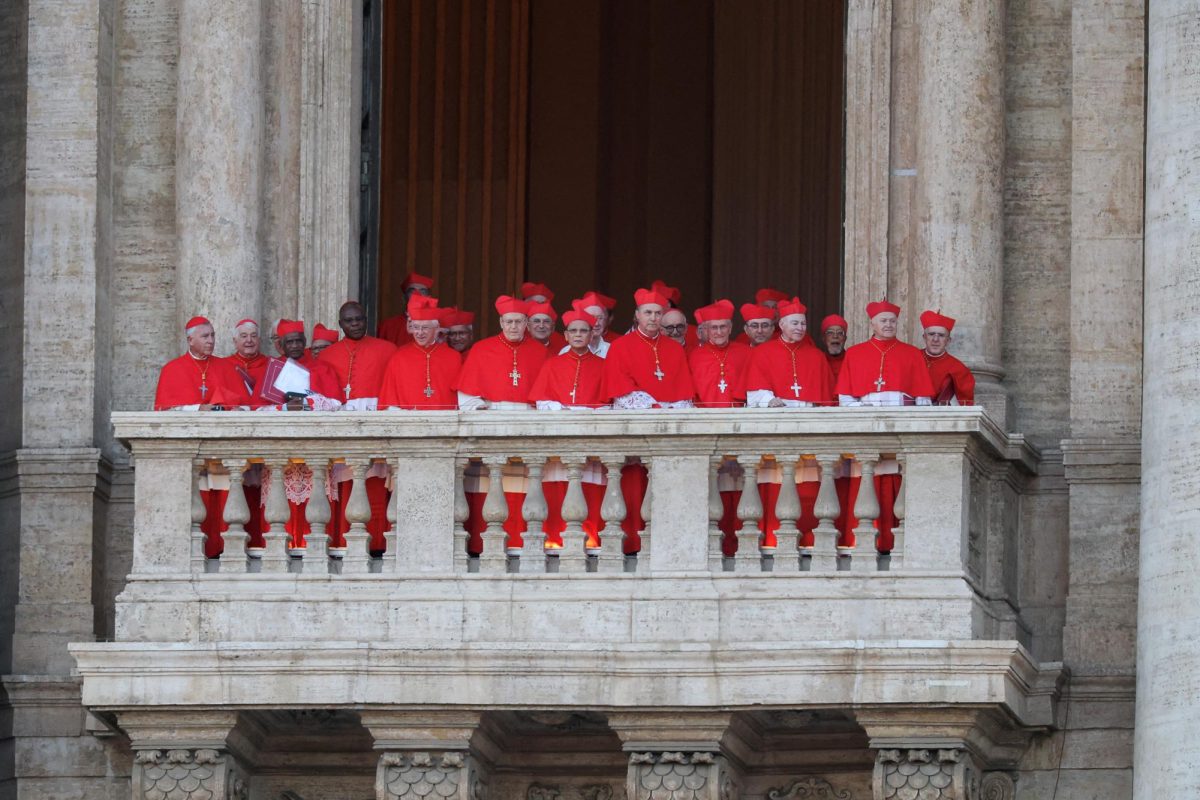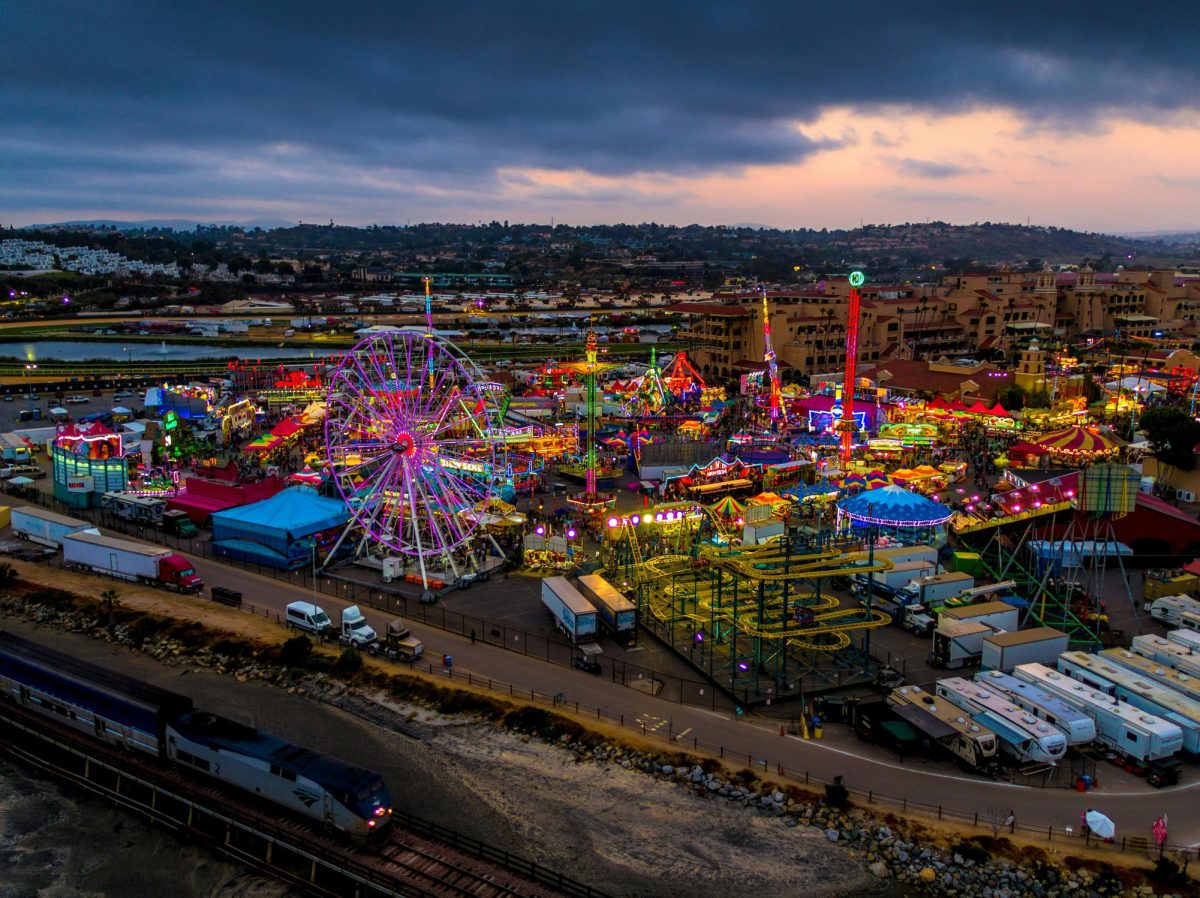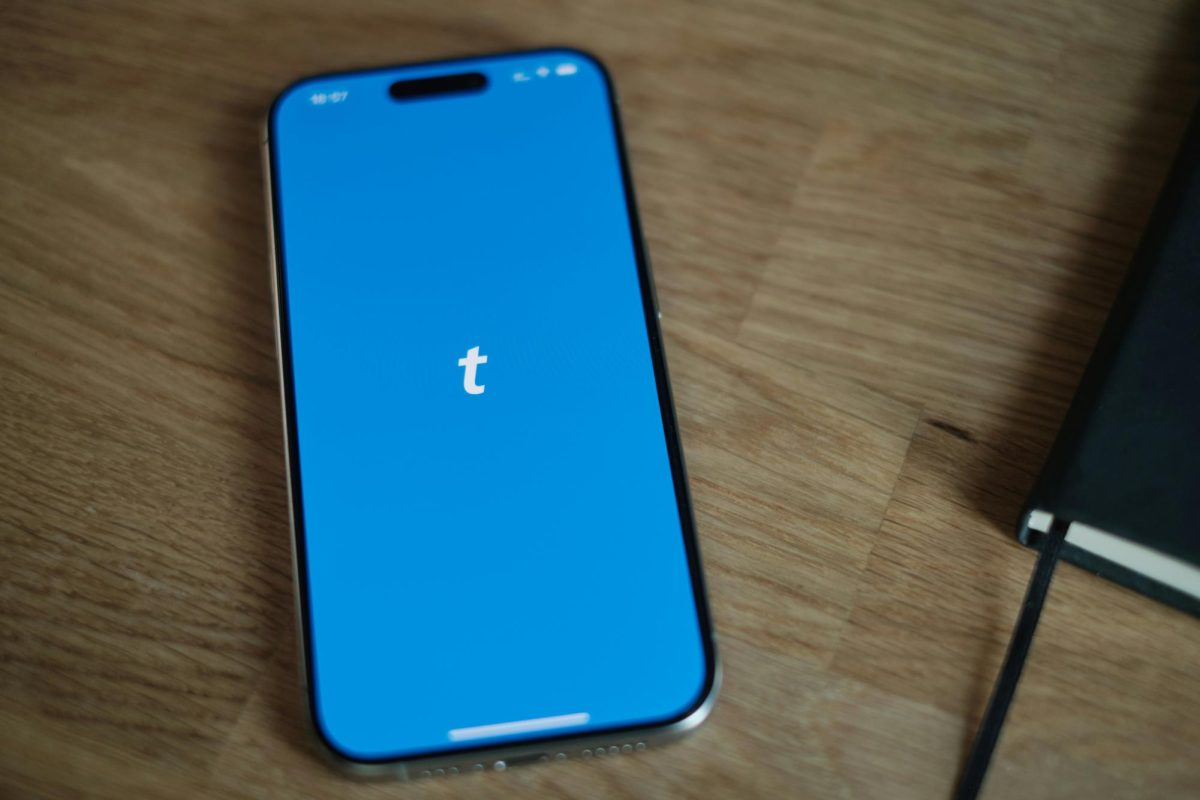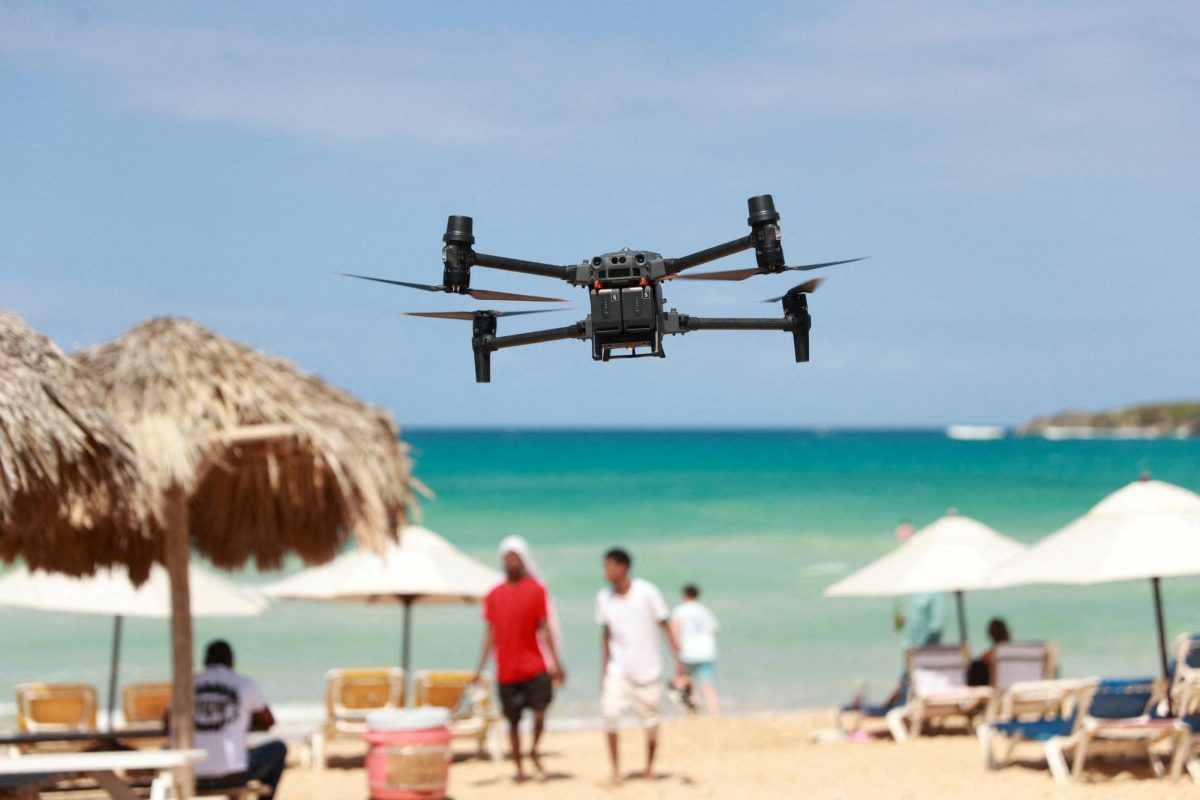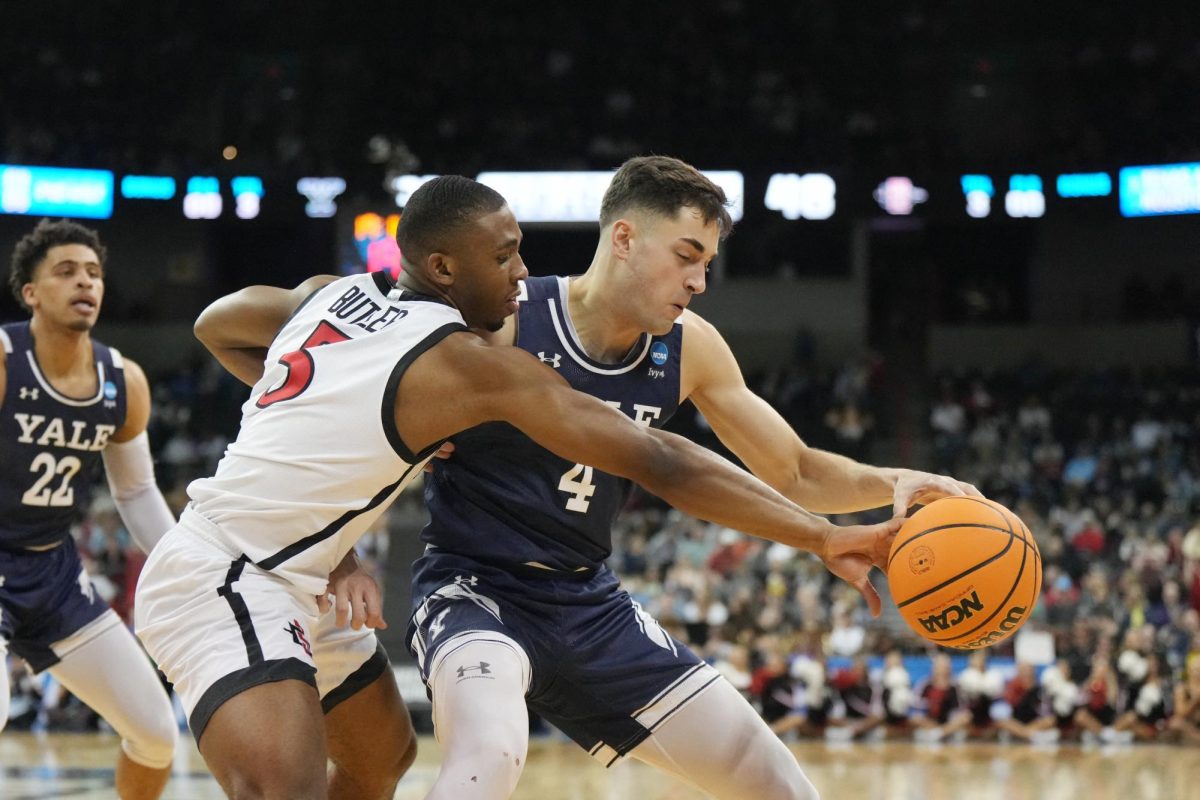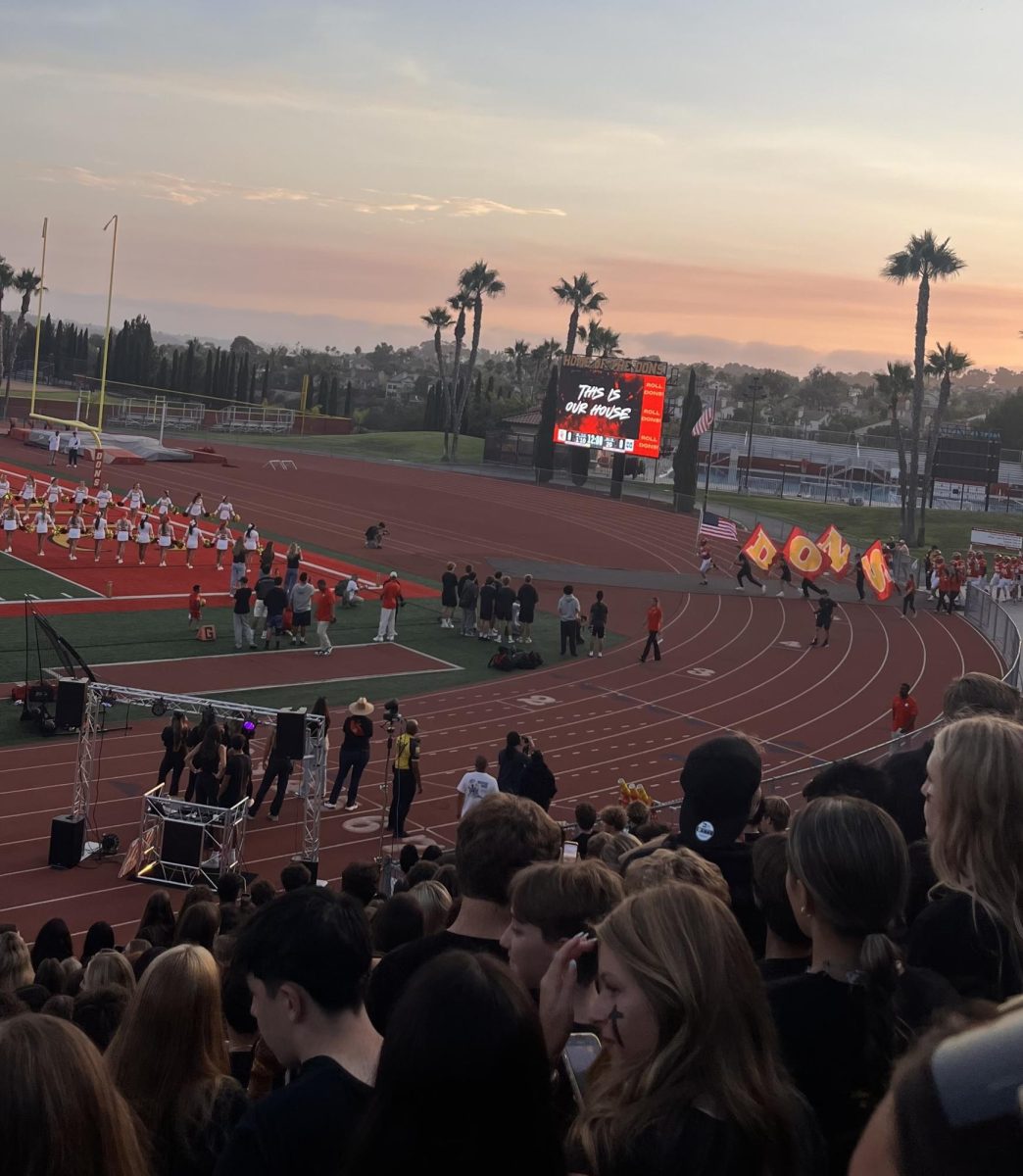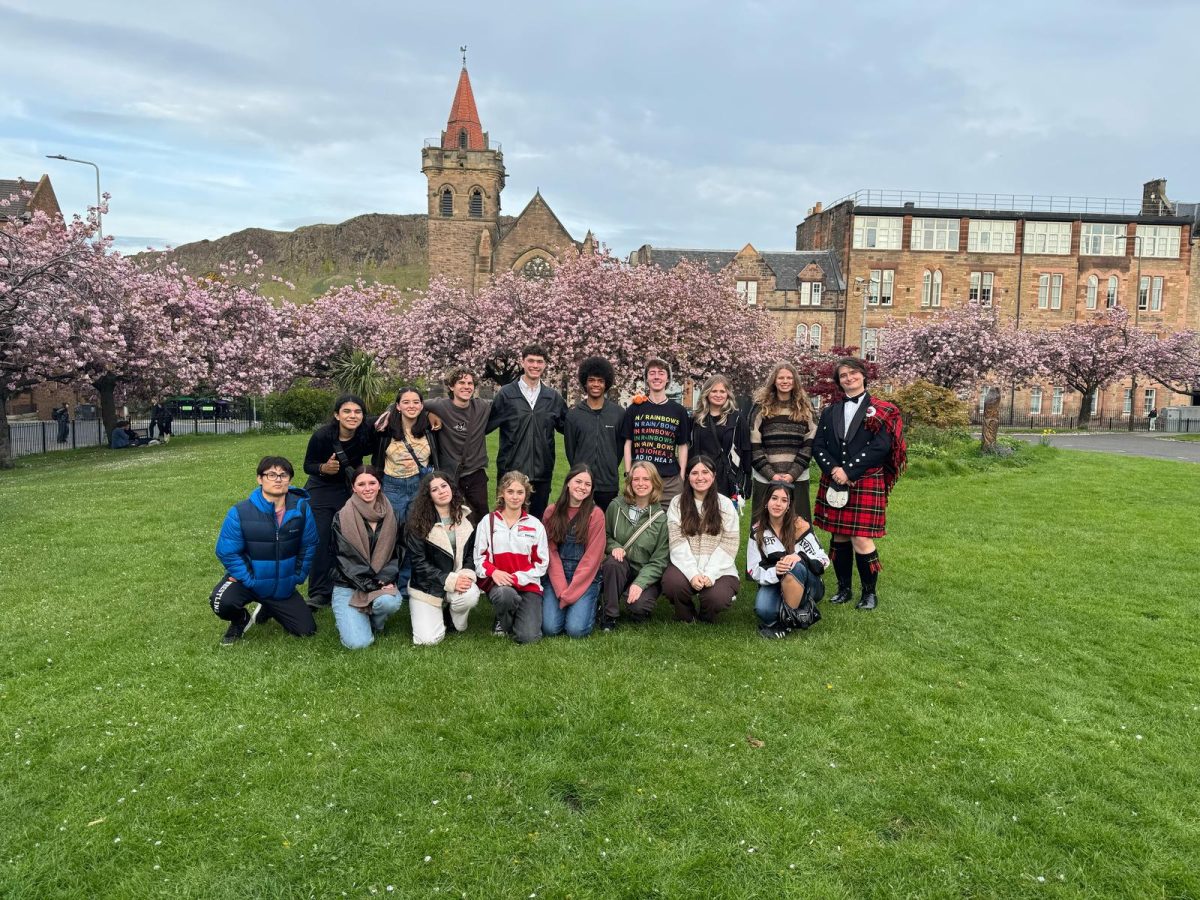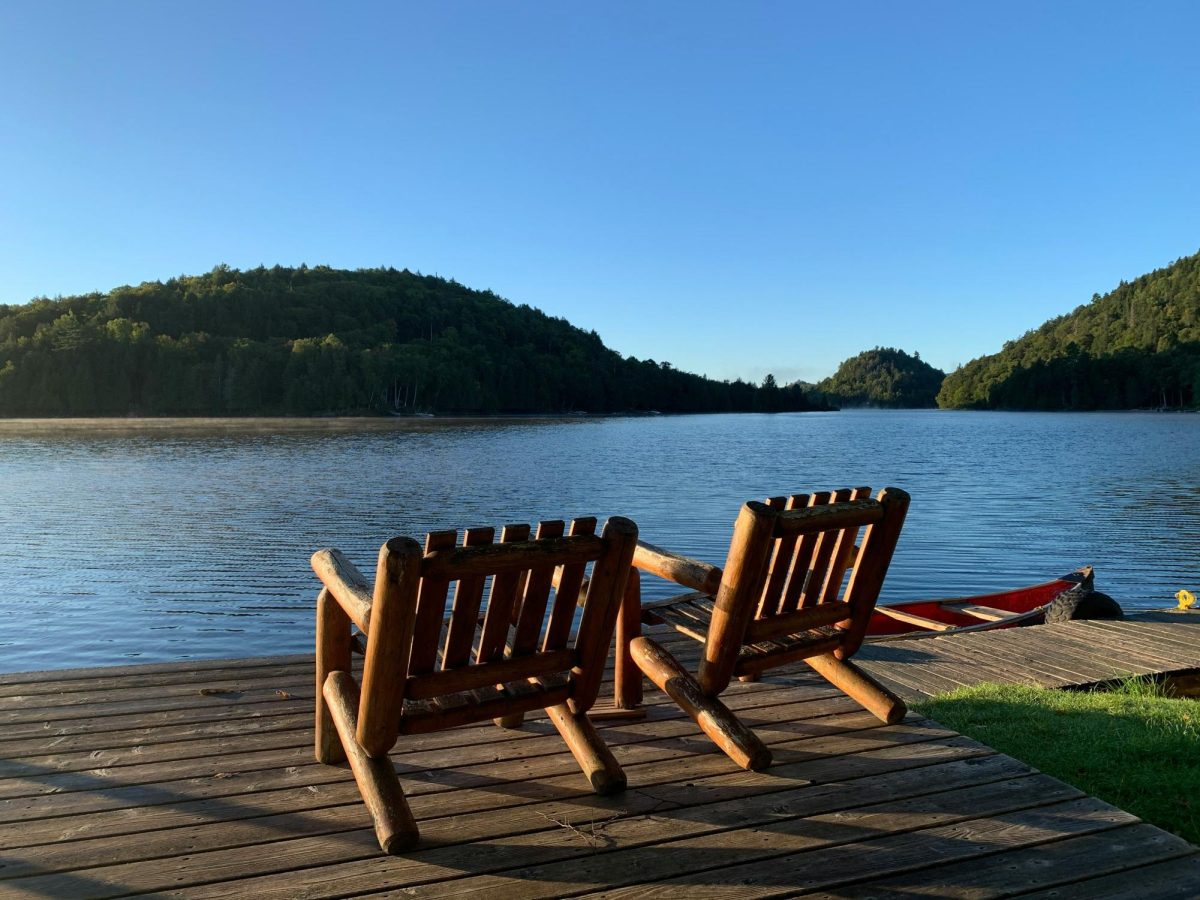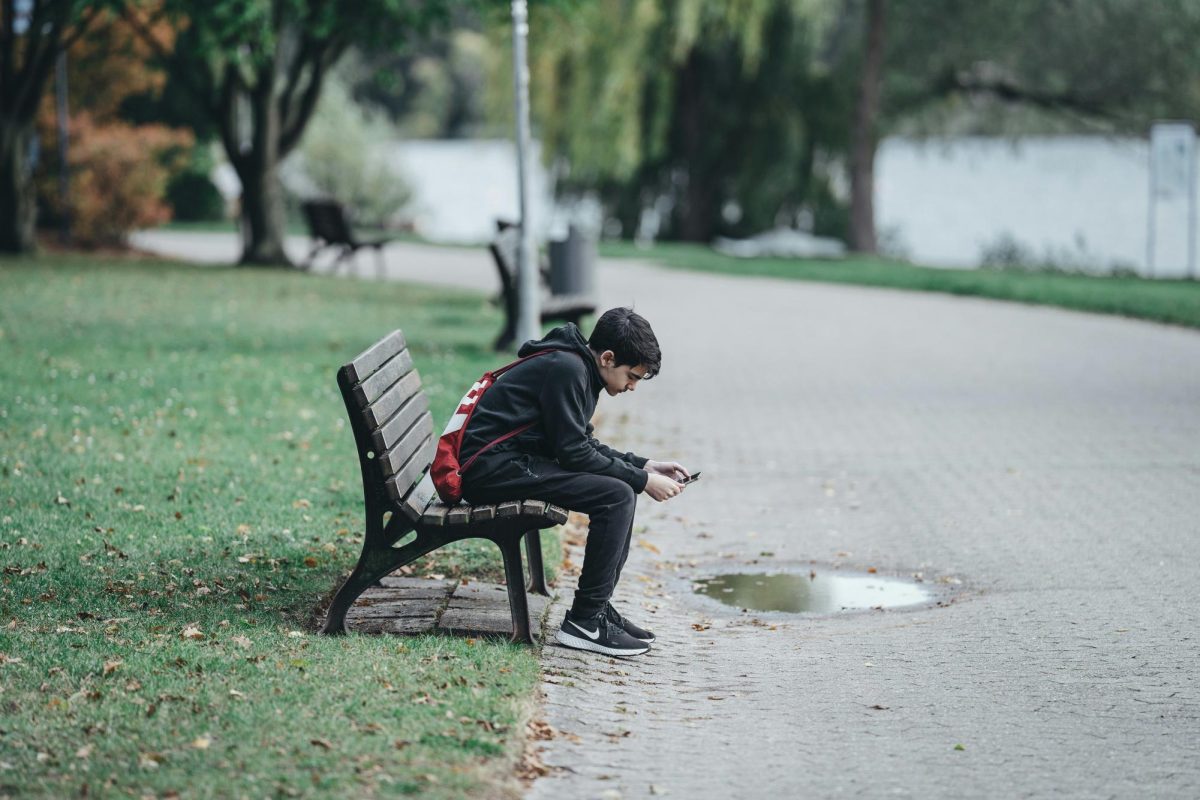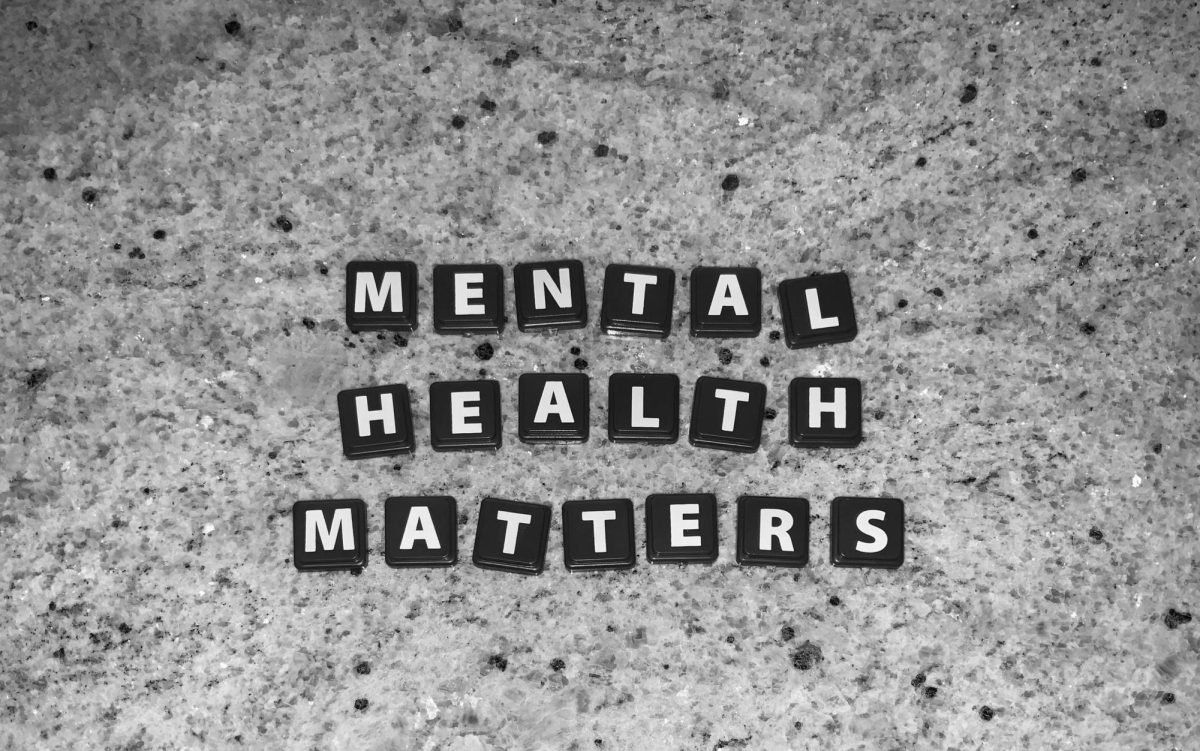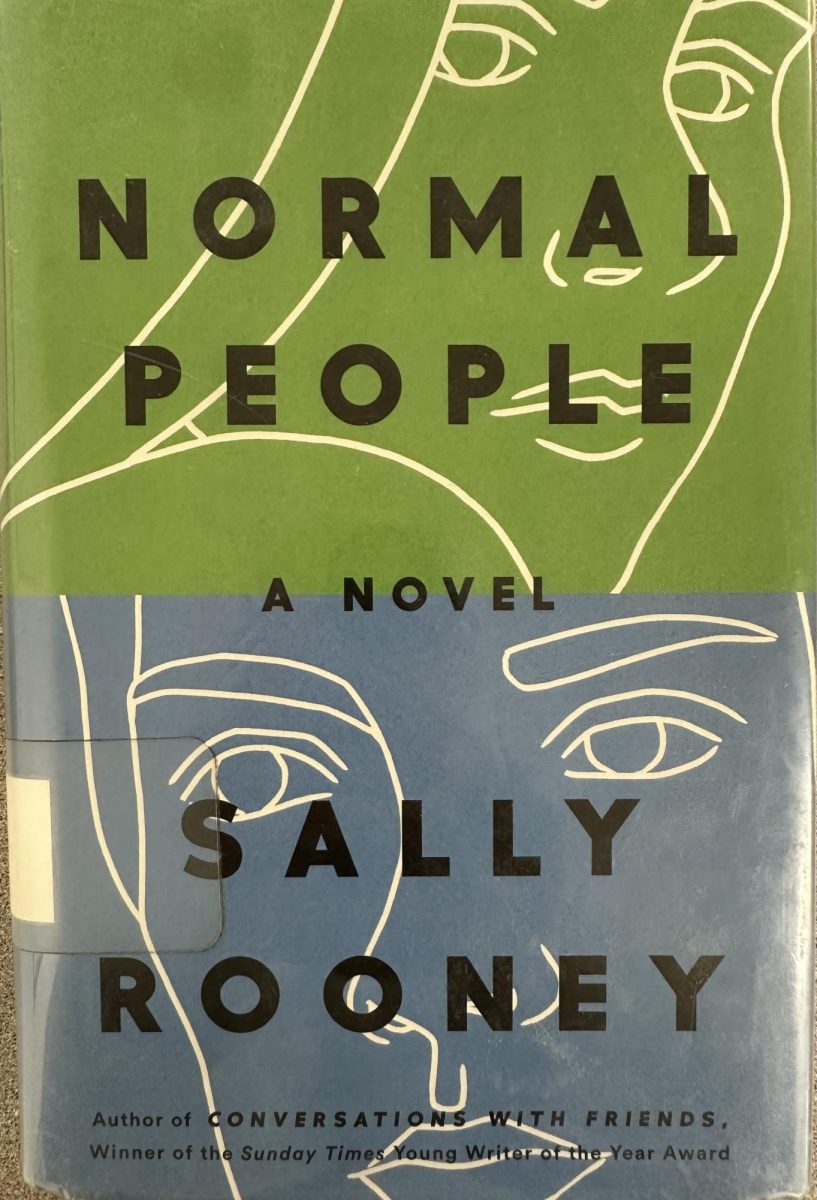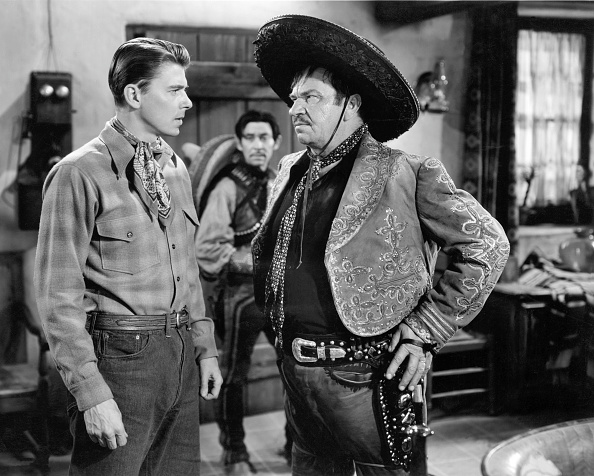On August 11th, President Trump took direct control of the Washington D.C. police force, while sending the National Guard and federal officers into the district to ‘crack down on crime’. His control of the Metropolitan Police Department (MPD) just ended last Wednesday, September 10th, but troops remain in the city – and the change he’s caused will impact people beyond these 30 days.
8 out of 10 D.C. residents oppose Trump’s takeover; PBS explains that residents say crime has been slowing down, and believe that federal troops won’t help. Many are worried that law enforcement will target young people, as well as people without housing. Instead of sending in more troops and taking over law enforcement, people want the President to work on solutions to the root causes of crime.
D.C. crime rates fall, but were already decreasing before
Earlier this week, the MPD published new statistics indicating that overall crime fell 15% when compared to the same time period last year; violent crime fell 39%.
It’s worth noting that crime in D.C. had already been falling when Trump began his crackdown; after reaching a peak in 2023, rates of violent offenses hit their lowest level in 30 years during 2024.
Troops emboldened as defendants face harsher charges
Secretary of Defense Pete Hegseth said that guard troops can now carry weapons with them, in addition to patrolling D.C. streets.
Also, defendants in D.C. who expected to face a lower court are now being charged with federal offenses. It’s speculated that some defendants are being held in detention for longer than they would have been otherwise.
ICE intimidates D.C. residents, incites claims of racial profiling
Trump’s crackdown has emboldened ICE, too. Many agents, some masked and in unmarked vehicles, have been conducting snatch-and-grab arrests, and refusing to answer detainees’ questions.
D.C. residents have reported racial profiling that has targeted immigrants, as well as people accused of minor crimes, The Guardian reports. “People are very very scared and are doing what they can to simply avoid being in DC… There simply is an understanding that it’s not safe to exist in DC as an immigrant,” said Amy Fischer, a Migrant Solidarity Mutual Aid court organizer.
People living in encampments face anxiety and uncertainty
Trump sought to clear people from the streets as part of his crackdown. “The homeless have to move out, IMMEDIATELY,” he wrote on social media. “We will give you places to stay, but FAR from the Capital.”
Press Secretary Karoline Leavitt said that, after law enforcement removed people from their encampments, they could be provided with shelter, or mental health services. If they didn’t accept either, they would face jail time or fines. However, unhoused people and advocates told CNN that they were simply told to leave their encampments, sometimes being forced to leave behind belongingsQ. According to them, Trump’s administration did not provide shelter or health services.
The administration also hasn’t fined or jailed people without housing yet, according to CNN; advocates still advise their unhoused clients to be careful. Many have spent their days trying to blend in, sleeping in wooded areas or moving between buses at night. Some unhoused people are wary of shelters, having had harmful experiences with them in the past; many also feel that the disruption to their lives makes it harder to receive services.
764 D.C. residents were still living outside in early September, according to a city census. Trump hasn’t proposed solutions to the root causes of homelessness in D.C.
What can Trump actually do in D.C.?
“Washington D.C. is unique because it’s not a state, it’s a district… the president has more direct authority over security forces than if it were to be deploying the National Guard in another city like Chicago or San Diego or Los Angeles,” explains Mr. McCarroll, a U.S. Government teacher at Cathedral.
“The federal law enforcement agencies, such as the FBI, PHS, Park Police, report to the president.”
Early in the month, Trump alluded to a more extensive takeover of D.C. while calling out Mayor Bowser on social media – claiming that, if she failed to cooperate, “she [wouldn’t] be mayor very long because we’ll take it over with the federal government, run it like it’s supposed to be run.” However, he later praised Bowser for her cooperation, writing on Truth Social that she became “very popular because she worked with me and my great people in bringing crime down to virtually nothing”.
Trump’s next project: Memphis, and possibly beyond
On Monday, Sept. 15, Trump announced his plan to send a task force to Memphis, Tenn..
Trump says that his task force in Memphis will be a “replica” of his D.C. efforts. He will send the National Guard, FBI, ICE, ATF, and DoJ.
Mayor Paul Young has opposed his plan, asserting that crime has already fallen without Trump’s intervention. “My goal is to make sure… that we have an opportunity to drive some of the decisions around how they engage in our community,” Young said. “It is something that we don’t have a choice in… We’re going to do all that we can to make sure it has limited impact on our communities.” Tennessee Governor Bill Lee, on the other hand, has pledged to help Trump with his task force.
Previously, Trump suggested sending federal assets to other Democrat-run cities, like Chicago and Los Angeles.
“Trump ran on a policy of decreasing crime,” Mr. McCarroll explains. “People believe that, that’s why they voted for him.” It benefits Trump to continue projecting a “tough on crime” attitude.
Trump’s orders clearly transformed the landscape of D.C.. The impacts on its residents can help Americans consider how he may change lives in Memphis, and around the country.

